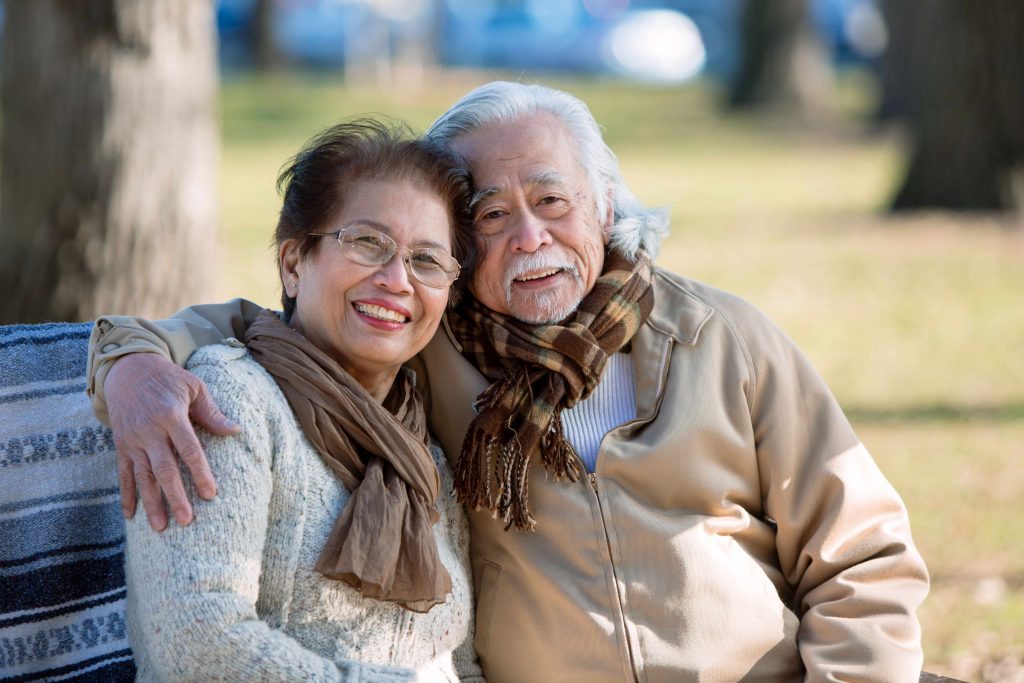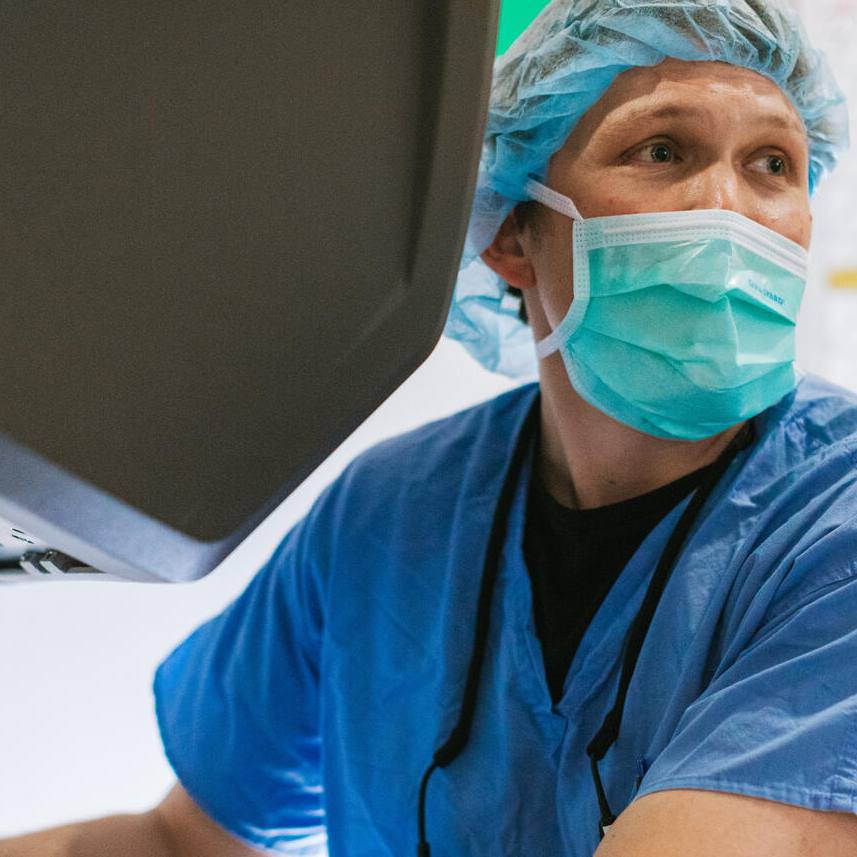-
Cancer
Consumer Health: Treating glioblastoma

Glioblastoma Awareness Day will be observed Wednesday, July 20, which makes this a good time to learn more about treating one of the most complex, deadly and treatment-resistant cancers.
More than 13,400 people in the U.S. will be diagnosed with glioblastoma in 2022, according to the National Brain Tumor Society. The five-year survival rate is 6.8%, and the median length of survival is eight months.
Glioblastoma, also known as glioblastoma multiforme, is a type of glioma, which are tumors that occur in the brain and spinal cord. Glioblastoma is an aggressive cancer that forms from cells called astrocytes that support nerve cells.
While glioblastoma can occur at any age, it tends to occur more often in older adults. Symptoms vary based on the tumor's size, location and rate of growth. It can cause worsening headaches, nausea, vomiting and seizures. Glioblastoma also can cause confusion or decline in brain function, memory loss, difficulty with balance, and vision problems — symptoms an older person might mistake for changes due to aging.
Treatment may slow progression of the cancer, and reduce signs and symptoms. But glioblastoma can be difficult to treat, and a cure often is not possible. When it comes to developing a care plan, it's important to weigh the benefits of treatment against side effects that might reduce quality of life.
Glioblastoma treatment options include:
- Surgery to remove the glioblastoma
The goal of surgery is to remove as much of the tumor as possible. But because glioblastoma grows into the normal brain tissue, complete removal isn't possible. For this reason, most people receive additional treatments after surgery to target the remaining cells. - Radiation therapy
Radiation therapy usually is recommended after surgery and may be combined with chemotherapy. For people who can't undergo surgery, radiation therapy and chemotherapy may be used as a primary treatment. - Chemotherapy
Chemotherapy uses drugs to kill cancer cells, and it may be administered during surgery, after surgery and if glioblastoma recurs. - Tumor treating fields therapy
This therapy uses an electrical field to disrupt the tumor cells' ability to multiply. Adhesive pads are applied to the scalp and connected to a portable device that generates the electrical field. Tumor treating fields therapy is combined with chemotherapy, and it may be recommended after radiation therapy. - Targeted drug therapy
Targeted drug therapy focuses on specific abnormalities in cancer cells that allow them to grow and thrive. The drugs attack those abnormalities, causing the cancer cells to die. - Clinical trials
Clinical trials are studies of new treatments. These studies give you a chance to try the latest treatment options, but the risk of side effects may not be known. Ask your health care professional whether you might be eligible to participate in a clinical trial. - Palliative care
Palliative care is specialized medical care that focuses on providing relief from pain and other symptoms of a serious illness. Palliative care specialists work with you, your family and your health care team to provide an extra layer of support that complements your ongoing care. Palliative care can be used while undergoing other aggressive treatments, such as surgery, chemotherapy or radiation therapy.
Connect with others talking about living with glioblastoma or caring for someone with glioblastoma in the Brain Tumor support group on Mayo Clinic Connect, an online patient community moderated by Mayo Clinic.







